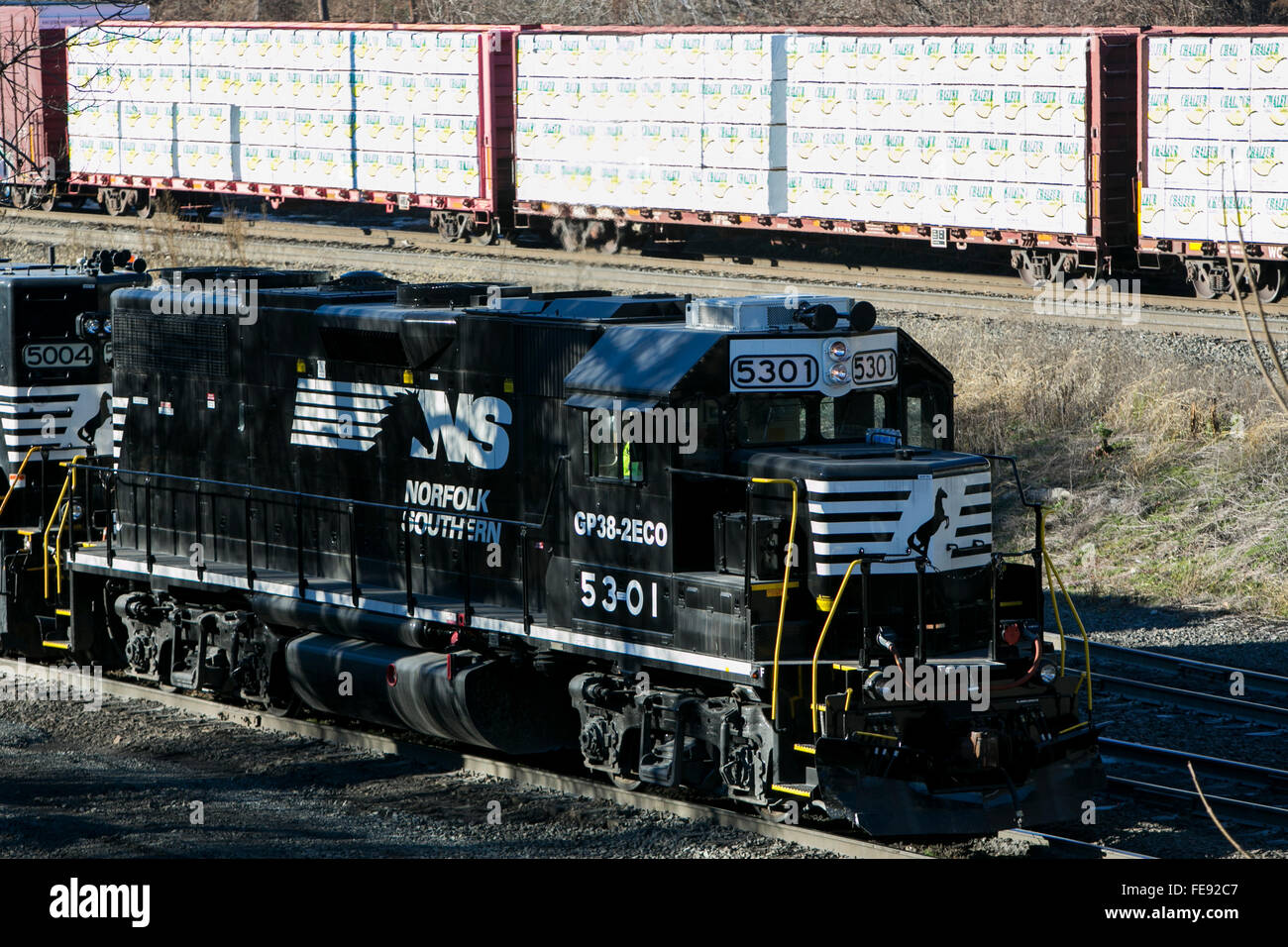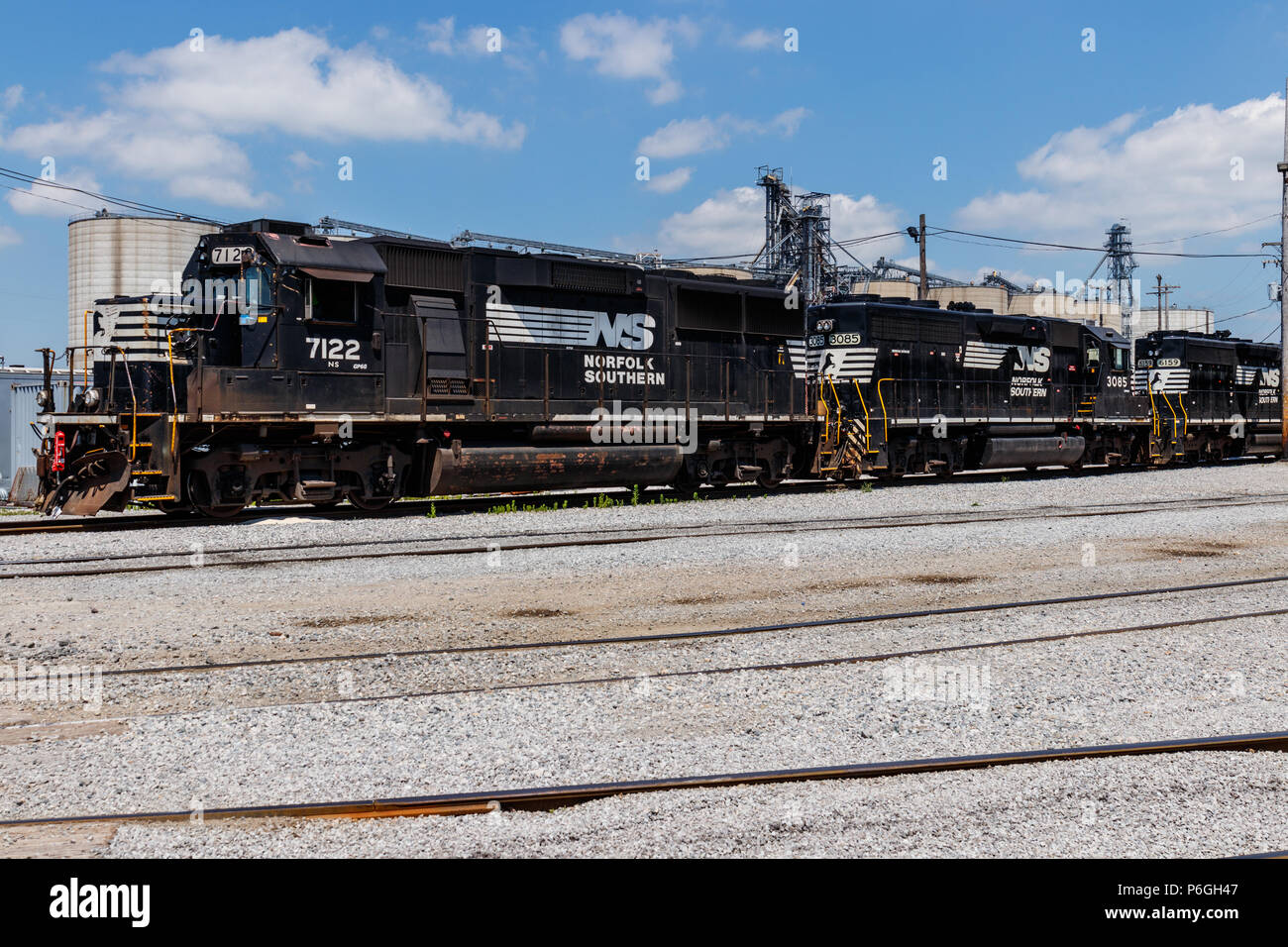

Its most notable benefits included the ability to more easily set freight rates and abandon or sell unprofitable trackage. On October 14, 1980 President Jimmy Carter signed the Staggers Rail Act into law, which greatly freed the railroad industry from stifling government oversight. In addition, it is unknown if the locomotives wearing predecessor liveries will retain those schemes once they're scheduled for overhaul.Īside from the creation of CSX, another event led to the birth of the modern day Norfolk Southern system deregulation. It ranks fourth in annual revenue at $11.296 billion as of 2019 while employing nearly 31,000 individuals across a wide range of sectors via a network of 21,500 route miles.įor railfans, the company has largely ended its nod to heritage with the sale of the F units (pictured below) and discontinuance of the steam program.

Today, the railroad is one of the most well-managed Class Is in the country and its future looks very strong. Since that time NS has further expanded, adding a little more than half of the Conrail network to its system in mid-1999.

Informal talks for their own merger began during the late 1970s and formally agreed to create the Norfolk Southern Railway, a division of Norfolk Southern Corporation, in 1982. The now much smaller Southern and Norfolk & Western, while profitable, realized that without merging themselves the two would be completely dwarfed by this gargantuan In 1980 the Chessie System railroads and those of the Family Lines formed CSX Corporation. The 1970s witnessed a flurry of merger activity which continued into the 1980s. Was created partially out of desperation.

Today’s Norfolk Southern Railway (reporting marks, NS)


 0 kommentar(er)
0 kommentar(er)
